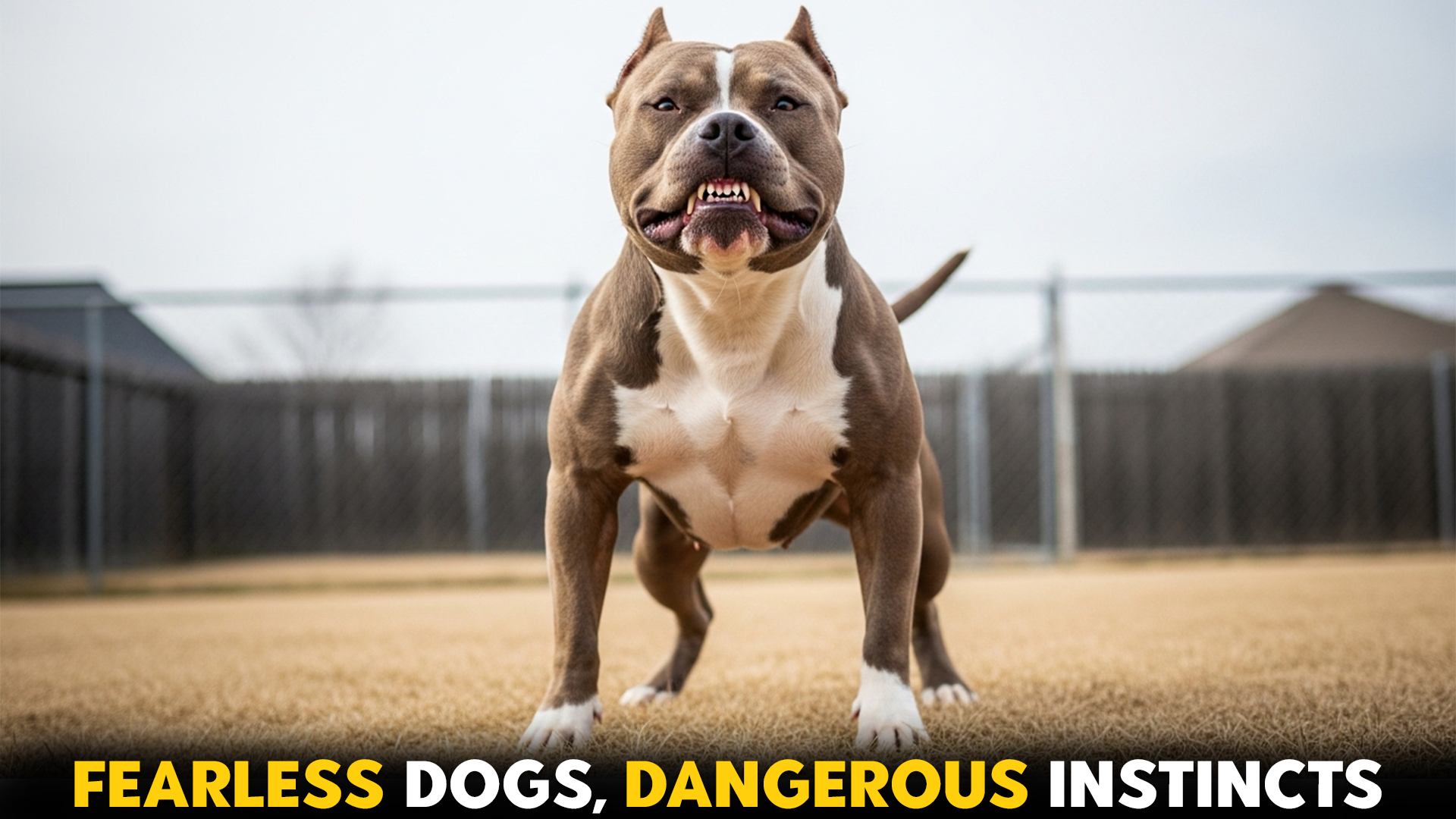You love the idea of having a dog that will protect your home. But what happens when that same dog becomes a risk to your family, your neighbors, or the delivery driver who steps too close to your yard?
Too many people overlook the responsibility that comes with powerful breeds, only to find themselves facing lawsuits, medical bills, or heartbreaking decisions. It is a problem that repeats itself across communities every year.
The truth is simple: not every breed is suitable for casual ownership. Some dogs are dangerous not because they are unloved, but because they are misunderstood and mishandled. Avoiding this situation begins with awareness.
In this guide, we will identify the most dangerous dog breeds you should think carefully about before bringing one home.
Key Takeaways
Behind the loyalty and devotion of some dogs lies raw power that can overwhelm the wrong household.
The American Bulldog, with a jaw force of 305 PSI, or the Bullmastiff, bred to take down poachers in silence, are examples of strength that demand caution.
Pit Bulls and Rottweilers remain flashpoints in bite statistics, their reputations tied as much to mishandling as to muscle.
Each profile in this article uncovers how history, power, and breeding shape risk in ways every potential owner should know.
Most Dangerous Dog Breeds To Avoid
1. Pit Bull
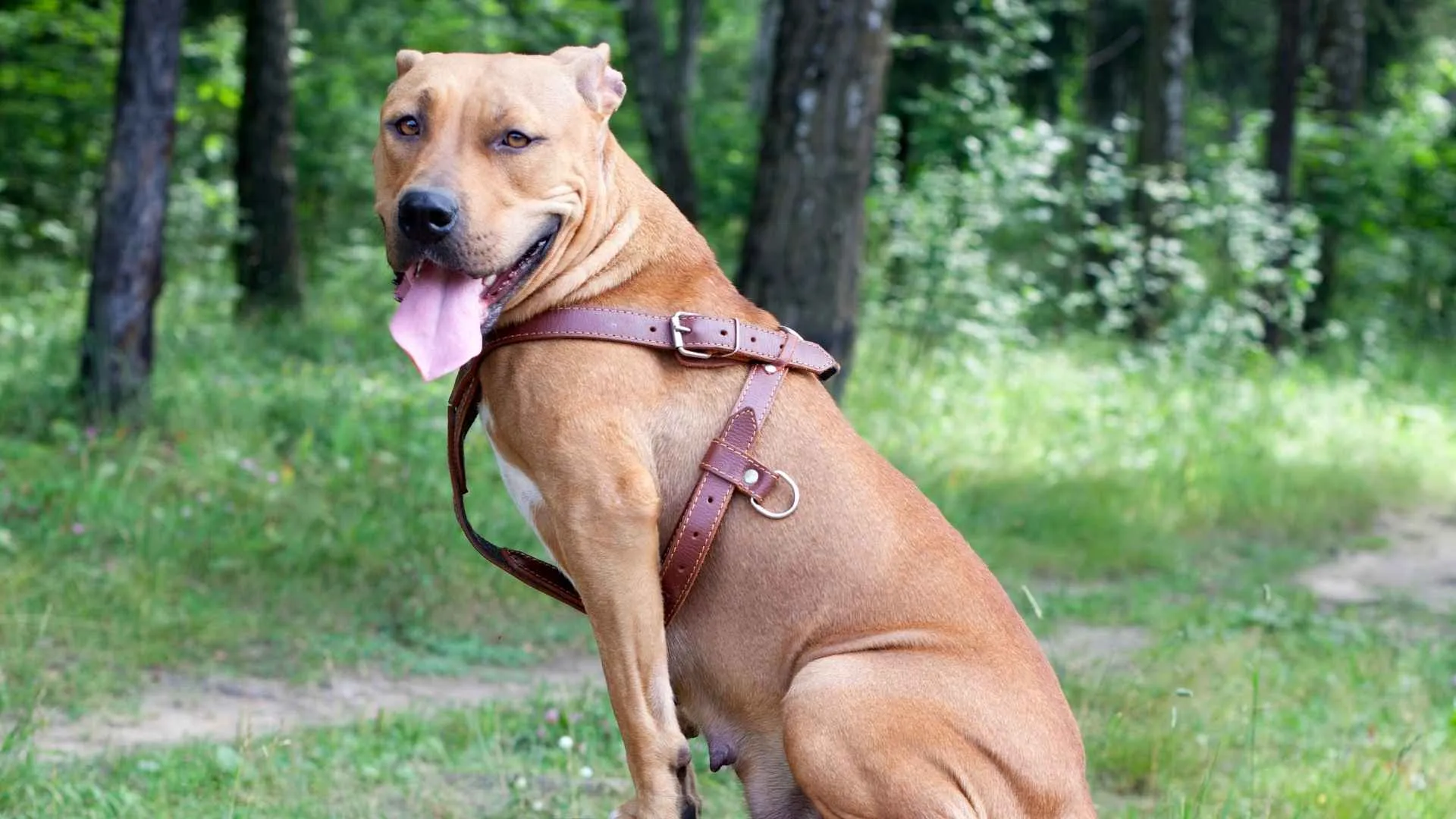
Pit Bulls are often recognized for their incredible strength and muscular build. Historically bred for bull-baiting and later dog fighting, this history still shadows the breed’s reputation today. Their determination makes them fearless, which can become dangerous if poorly managed.
Confusion in Identification
“Pit Bull” isn’t one single breed but a term covering several, including the American Pit Bull Terrier and Staffordshire Bull Terrier. Even professionals misidentify them, which complicates accurate bite statistics. This misclassification often inflates their numbers in dog attack reports.
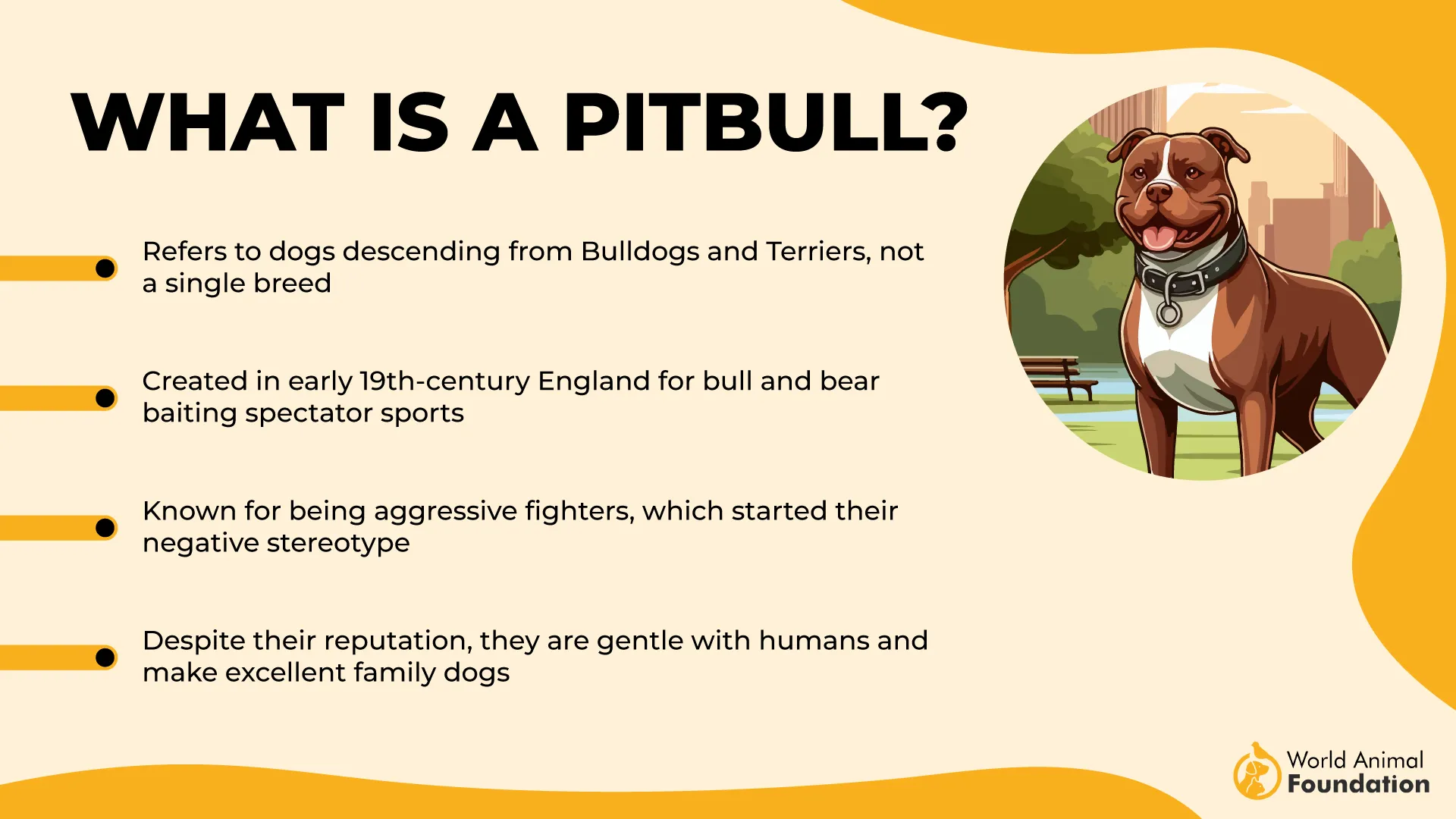
Controversial Reputation
Across the United States, Pit Bulls are frequently restricted or banned in certain communities. Reports highlight them as responsible for a significant portion of severe dog attacks. Their strong jaws and persistence in a fight contribute to the breed’s place on dangerous dog lists.
Fun Fact: The Pit Bull was once celebrated as “America’s Dog,” serving as a U.S. Army mascot in World War I and appearing in early advertising as a family symbol of loyalty.
High-Risk in the Wrong Hands
While some Pit Bulls are well-trained companions, their strength and prey drive can escalate risks in inexperienced households. A poorly socialized Pit Bull may respond aggressively to perceived threats, which is why experts consistently caution new owners against choosing them.
Because Pit Bulls carry such intense energy and muscular power, keeping them active is essential. You can check exactly how much exercise this breed needs with this Dog Exercise Calculator.
Dog Exercise Needs Calculator
Invalid input. Please enter a valid age and breed.
2. Rottweiler
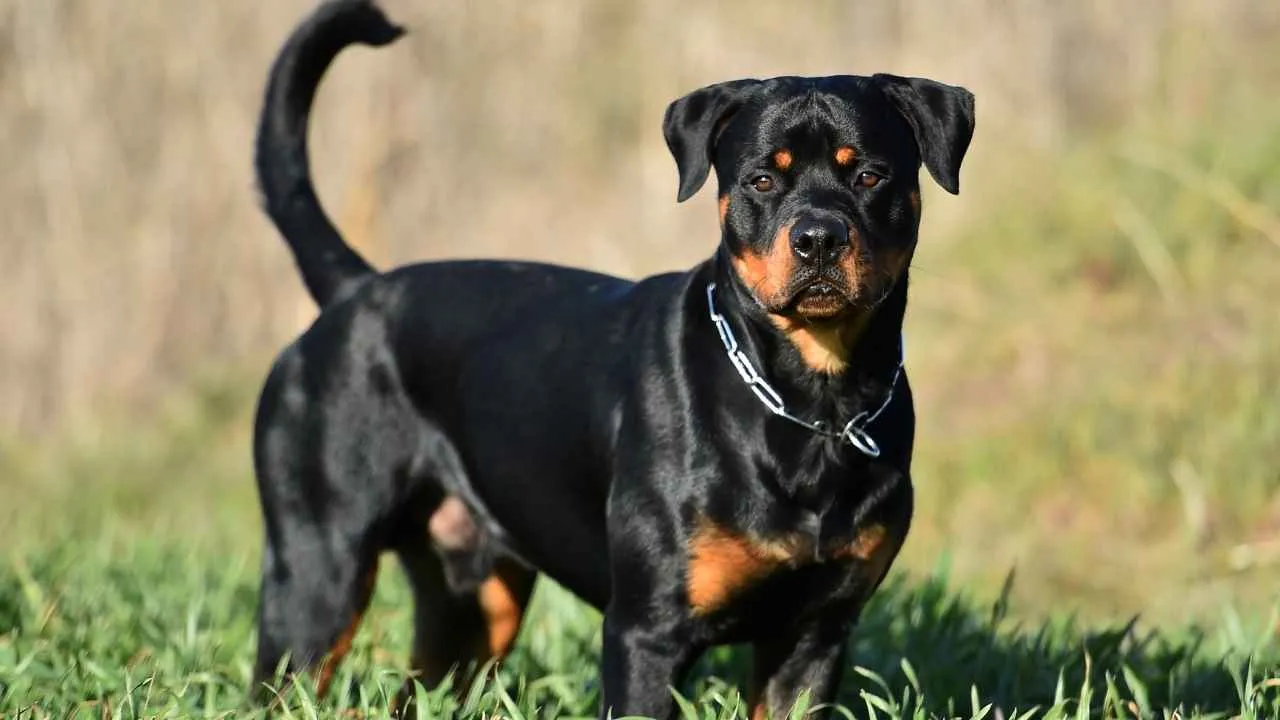
Rottweilers descend from Roman drover dogs once tasked with moving cattle and guarding soldiers’ camps. Over centuries, they became trusted protectors in German towns, where butchers relied on them for defense. Their broad skull and powerful frame still reflect this working heritage.
Power Backed by Statistics
With one of the strongest bite forces among domestic dogs, Rottweilers are often cited in attack records worldwide. Studies place them second in human fatalities linked to dogs, underscoring their potential risk. Their physical ability and sharp instincts demand careful handling.
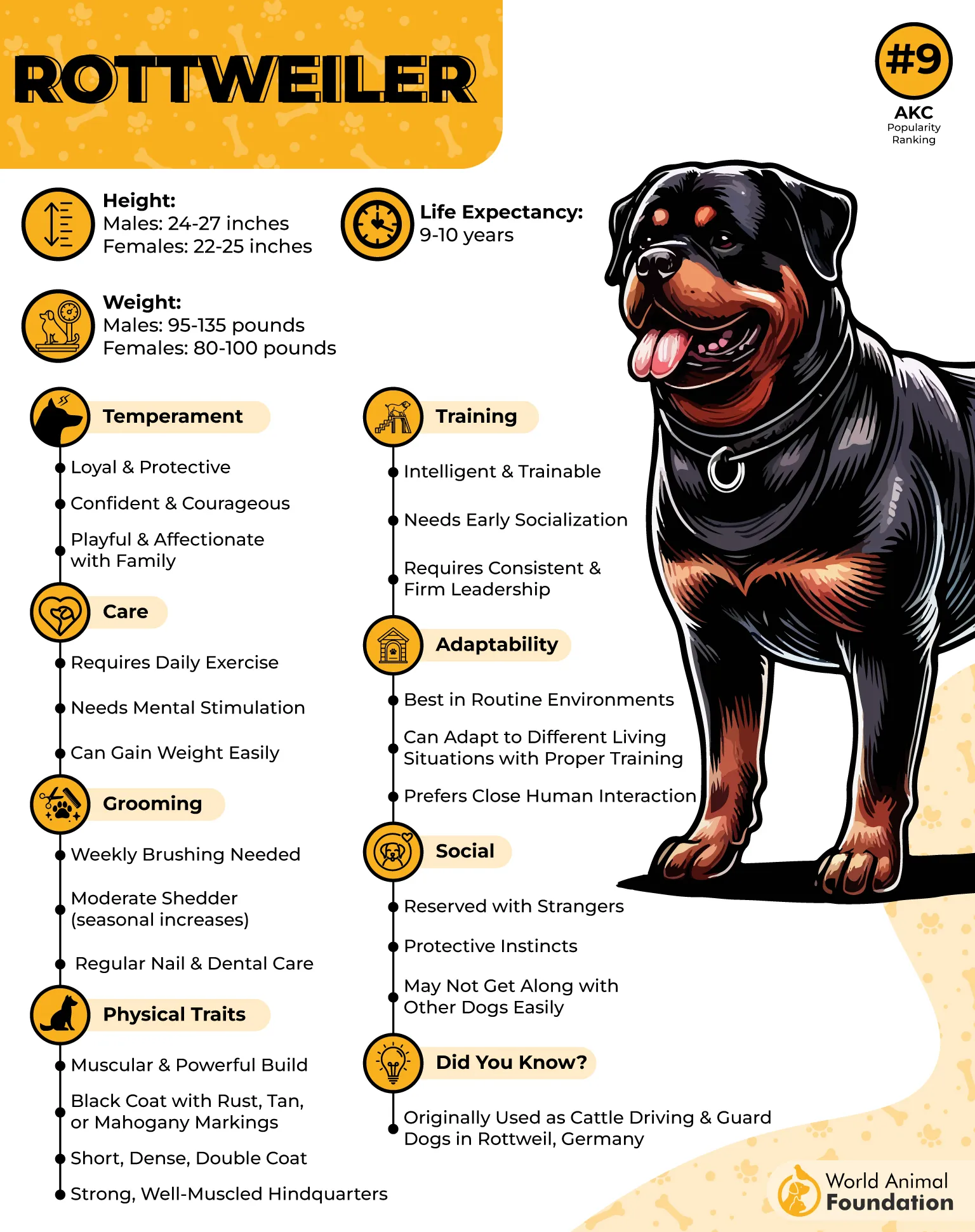
Territorial Instincts
This breed is deeply loyal yet cautious toward outsiders, as PetMD mentioned. Its protective drive often shows in the way it patrols spaces and reacts quickly to strangers. That territorial mindset, while effective for guarding, can make encounters unpredictable if not managed responsibly.
Guardian Reputation
The Rottweiler’s history in herding and defense has cemented its image as a formidable guardian. It continues to serve in law enforcement and personal protection roles around the world. Mishandling such a serious dog can result in consequences that statistics have already made clear.
3. German Shepherd
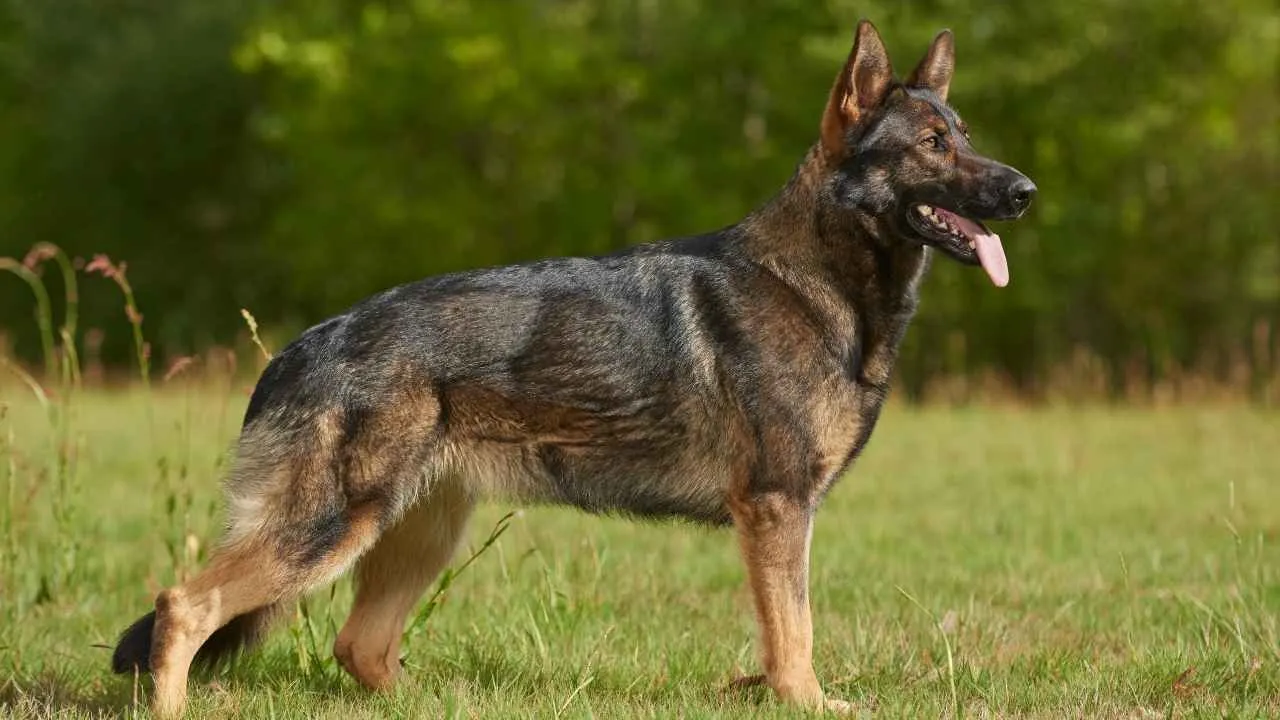
German Shepherds were originally bred in Germany for herding and guarding, but today their power extends far beyond the field. Their sharp intelligence and fast reactions make them indispensable in military and police operations.
A dog that can track, pursue, and apprehend suspects is also one capable of inflicting serious harm if mishandled.
Bite Strength and Control
One of the most alarming aspects of this breed is its bite. With a measured force of 238 PSI, German Shepherds can crush through objects with ease. Their disciplined nature is often why law enforcement depends on them, but outside of training, such strength can cause dangerous consequences.
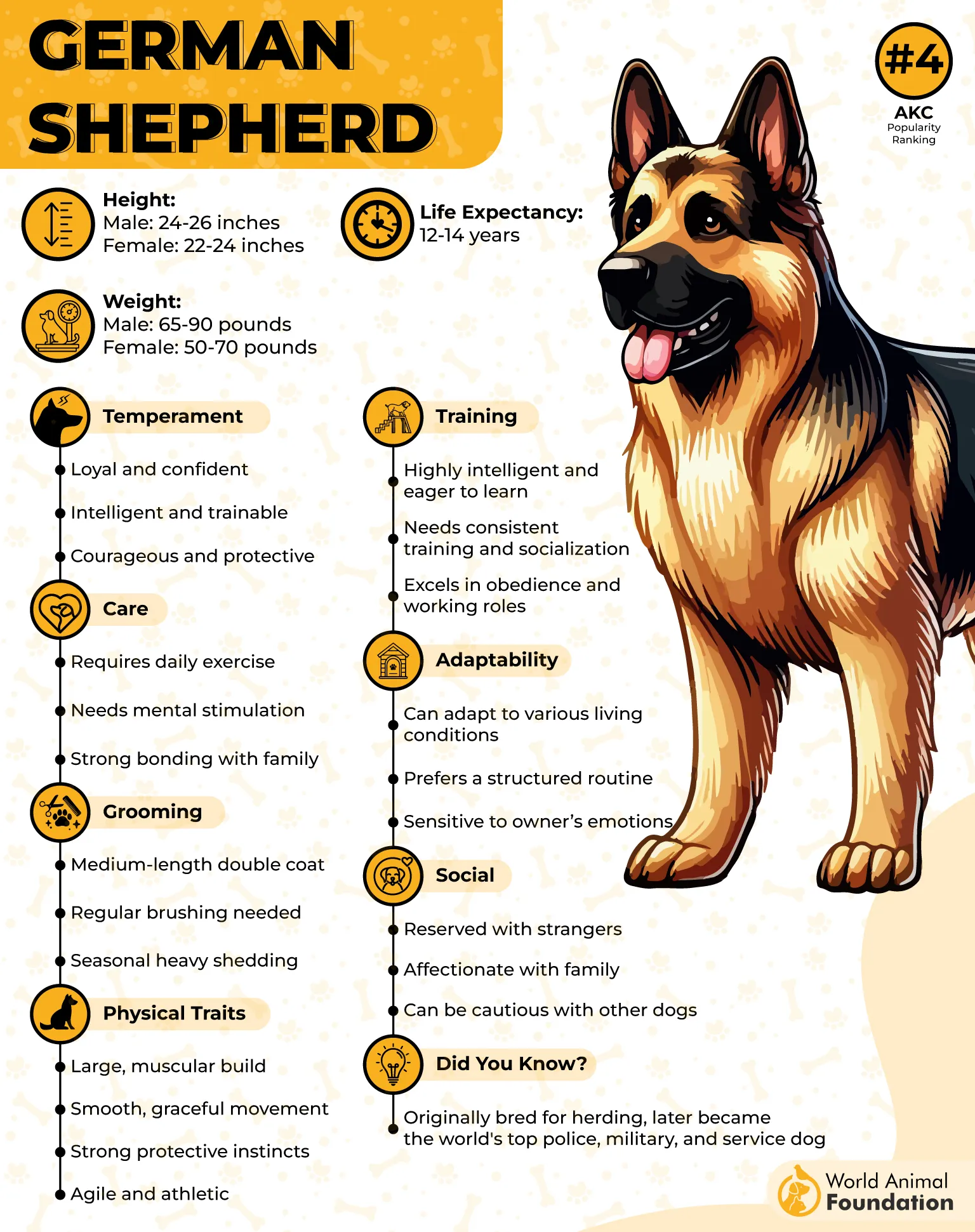
Natural Protective Instincts
A German Shepherd’s alertness is second to none. These dogs are constantly scanning for threats, which makes them excellent protectors but also unpredictable around strangers. Their protective streak, when combined with size and strength, places them high on lists of risky breeds.
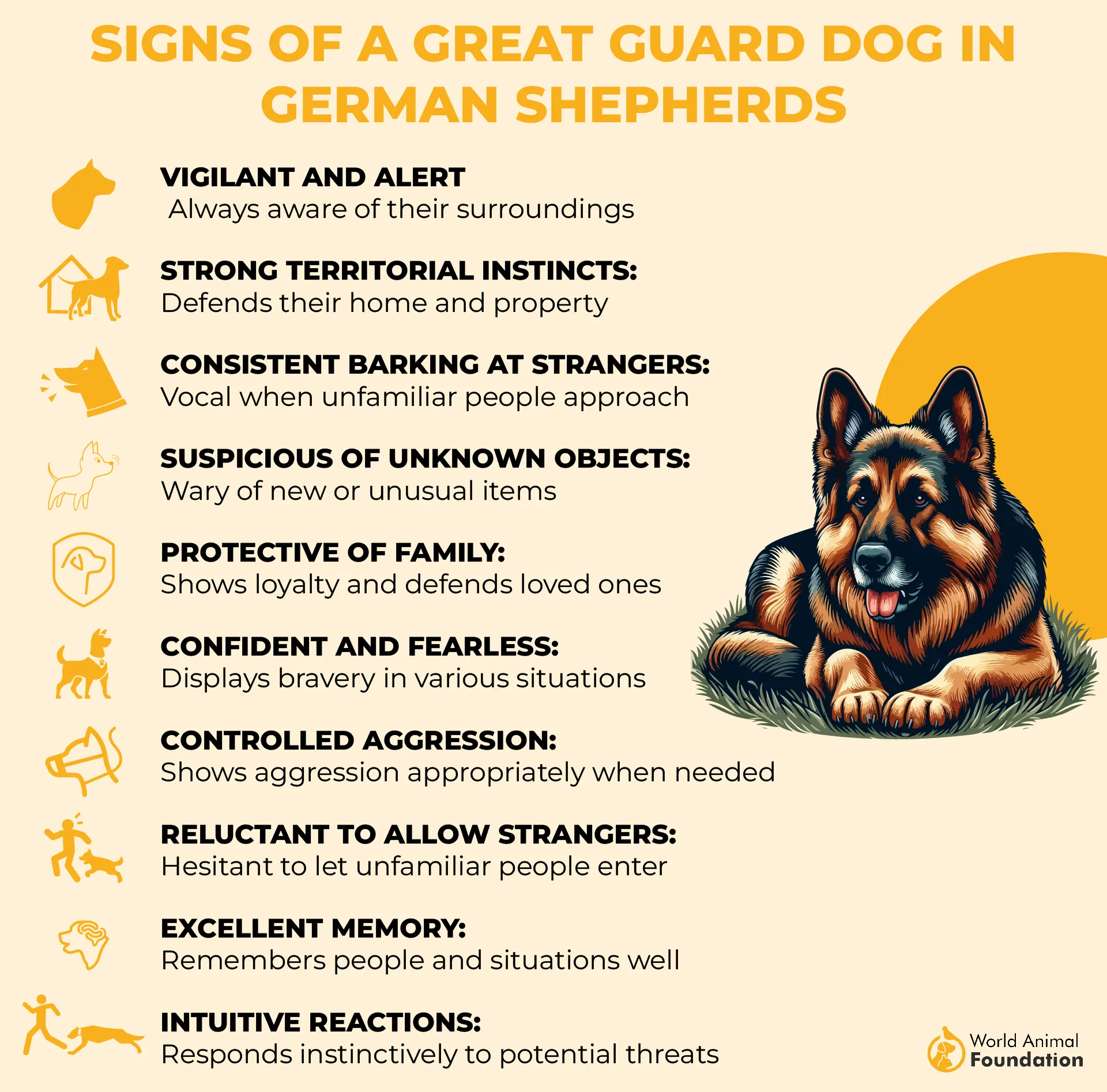
Did you know? During World War I, German Shepherds were deployed as messenger dogs, rescue aids, and guard dogs, proving their unmatched versatility under pressure.
Courage With Consequences
The courage that makes this breed a hero on the front lines also makes it a potential threat in homes that cannot manage such intensity. They are hard-wired to defend their territory, which is why incidents involving bites or attacks often trace back to this breed.
4. American Bulldog
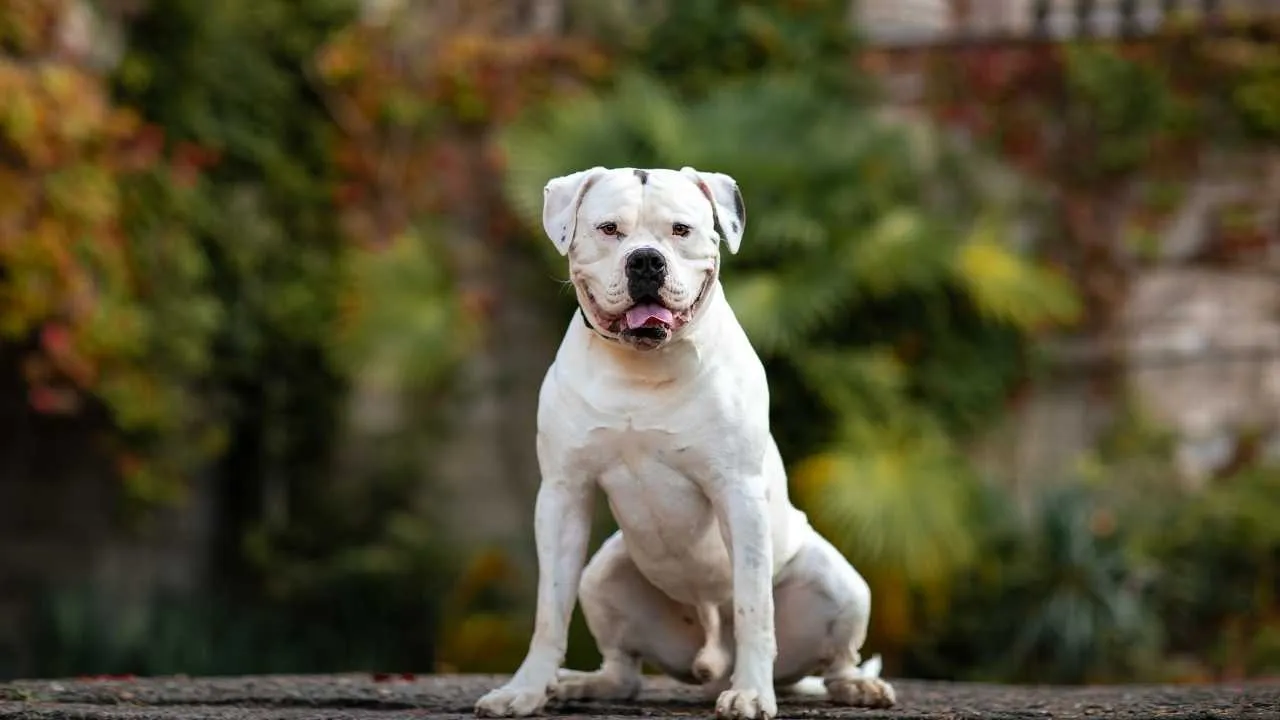
The American Bulldog is muscular, broad-chested, and capable of flooring a person with sheer force. Its athleticism makes it far more imposing than its British cousin, often surprising those expecting a docile “bulldog” image. This breed was originally bred for farm work, demanding strength and toughness.
Bite Force That Commands Respect
Their jaws can exert an incredible 305 pounds of pressure per square inch. Combined with explosive speed, this makes them highly effective at taking down threats — but also risky in untrained hands. These traits explain why experts stress careful management before bringing one home.
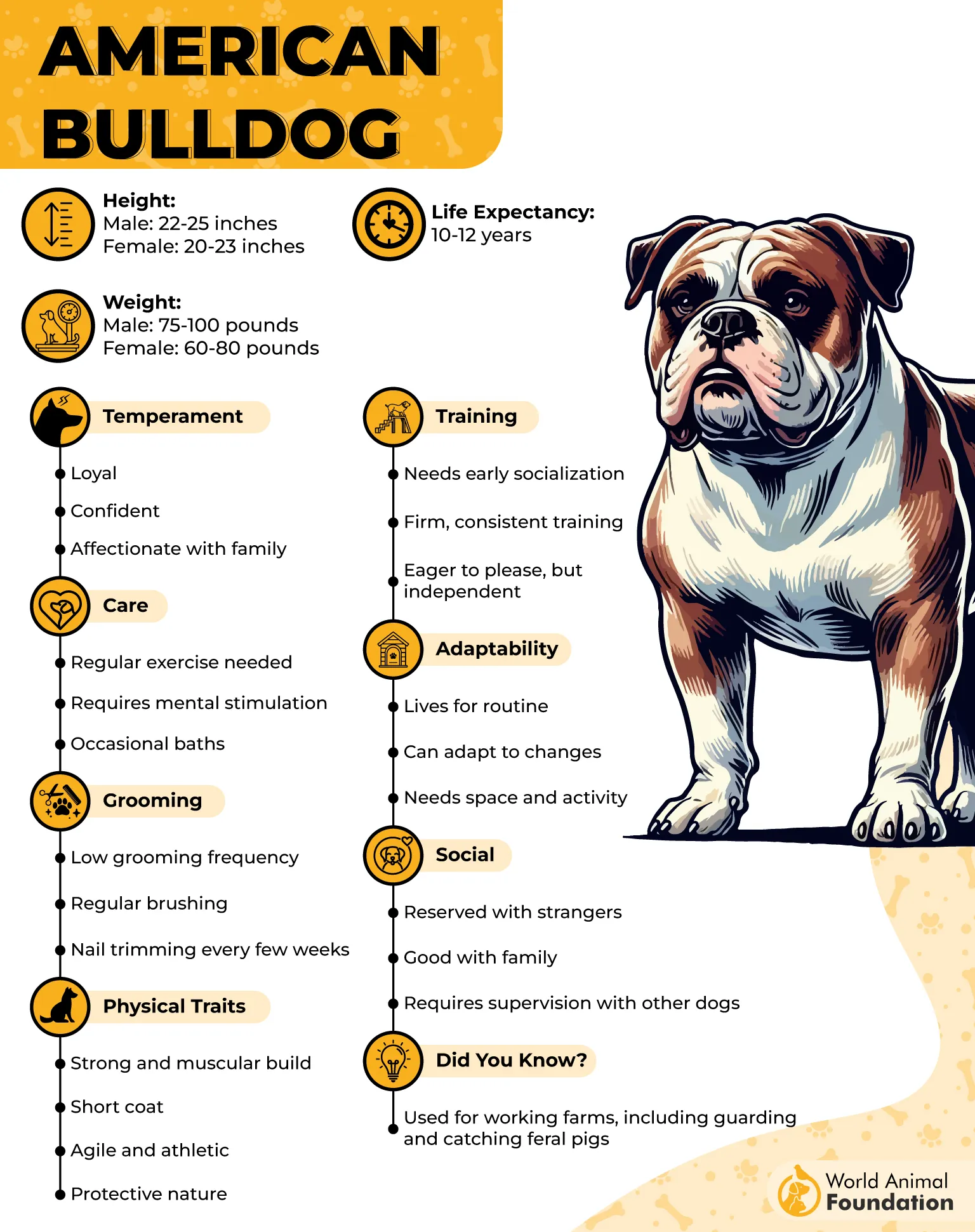
Strong Instincts and High Drive
American Bulldogs carry an intense prey drive that can endanger smaller pets. Without strict boundaries, this instinct may extend toward cats, poultry, or even other dogs. Their guarding instincts, while valuable, become hazardous if not tempered with consistent socialization.
Demands Firm, Consistent Handling
This breed requires a confident handler who can match its determination. Inconsistent training often leads to frustration, restlessness, and unpredictable behavior. Their physicality and power leave little room for error, placing them firmly on the list of breeds that can become dangerous when mishandled.
5. Siberian Husky
The Siberian Husky is built for endurance, originally bred to haul sleds across frozen landscapes. That same stamina can turn chaotic when not managed, leading to unpredictable bursts of strength. Their boundless drive is one reason they appear in bite statistics more often than expected.
Play That Turns Rough
Huskies are pack dogs at heart, and they engage in rough play that may escalate without warning. Their intensity can overwhelm children or smaller pets if not supervised. This spirited nature, combined with a sharp prey drive, makes them harder to handle than their striking looks suggest.
Popularity Adds to the Numbers
Huskies often appear in records of dog-related incidents, partly due to their popularity in many regions. With more households owning them, the chance of mismanaged behavior rises. Experts often stress that these cases are less about inherent aggression and more about unprepared ownership.
Independent Streak
Their intelligence is paired with a willful personality, which can lead them to ignore commands when it matters most. For inexperienced handlers, this lack of compliance in tense moments can become dangerous. Their reputation comes not from malice, but from sheer power mixed with spirited independence.
6. Bullmastiff
At first glance, the Bullmastiff carries itself with an almost relaxed ease. Beneath that calm exterior lies a dog bred for sheer physical dominance, with a frame that radiates controlled power. This natural combination of muscle and mass makes them intimidating without needing to show aggression.
Silent Force on Guard
Historically used to catch poachers, Bullmastiffs relied on their ability to move quietly and strike fast when provoked. Even today, that instinct remains strong, making them dangerous if boundaries are crossed. Their loose skin acts as natural armor, giving them an edge in physical encounters.
Strength That Demands Control
These dogs weigh in at over 100 pounds and are capable of overpowering grown adults with little effort. Without proper handling, their sheer force becomes a serious liability. Even playful gestures, like a rough paw swipe, can unintentionally cause harm.
Note: The Bullmastiff’s reputation as a “silent guardian” comes from its past role with English gamekeepers, where barking was discouraged so poachers had no warning of its approach.
Reserved Yet Relentless
While docile with their household, Bullmastiffs are fearless when they sense a threat. Their instincts tell them when to switch from calm observers to active defenders. This unpredictability, paired with their strength, is why they remain among the most dangerous breeds in untrained hands.
7. Doberman Pinscher
The Doberman Pinscher is often described as one of the most alert dogs in the world. Its piercing gaze and muscular frame create a natural air of intimidation. This intensity, paired with quick reflexes, has made it a go-to breed for security and guarding.
Built for Speed and Control
Dobermans are lean yet powerful, capable of sprinting at impressive speeds when responding to a threat. Their agility allows them to corner intruders quickly, leaving little room for escape. It’s this combination of elegance and force that keeps them on lists of the most dangerous breeds.
Fierce Protector at Heart
Though loyal to their household, Dobermans are naturally suspicious of outsiders. They rely on instinct rather than hesitation, which can make them unpredictable in tense situations. For families with multiple pets, this breed often struggles with hierarchy and control.
Demanding but Devoted
A Doberman’s protective edge comes with intelligence that must be guided early. Left unchecked, its guarding instincts can become overwhelming, leading to aggressive behavior. Only confident handlers with a consistent structure can ensure this dog’s power is channeled responsibly.
Conclusion
When it comes to powerful breeds, the line between loyalty and liability is thinner than many realize. Statistics on fatal dog attacks show how easily strength can become tragedy when matched with poor management. While some households succeed with these dogs, others struggle because awareness and responsibility were never prioritized.
Dog owners must recognize that these breeds are not typical pets but animals whose instincts demand careful attention. Proper training, early socialization, and constant supervision are not optional. Understanding a dog’s behavior is the key step to preventing disaster and ensuring that strength is balanced with safety.


